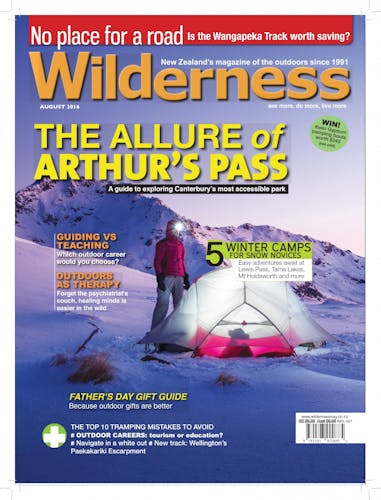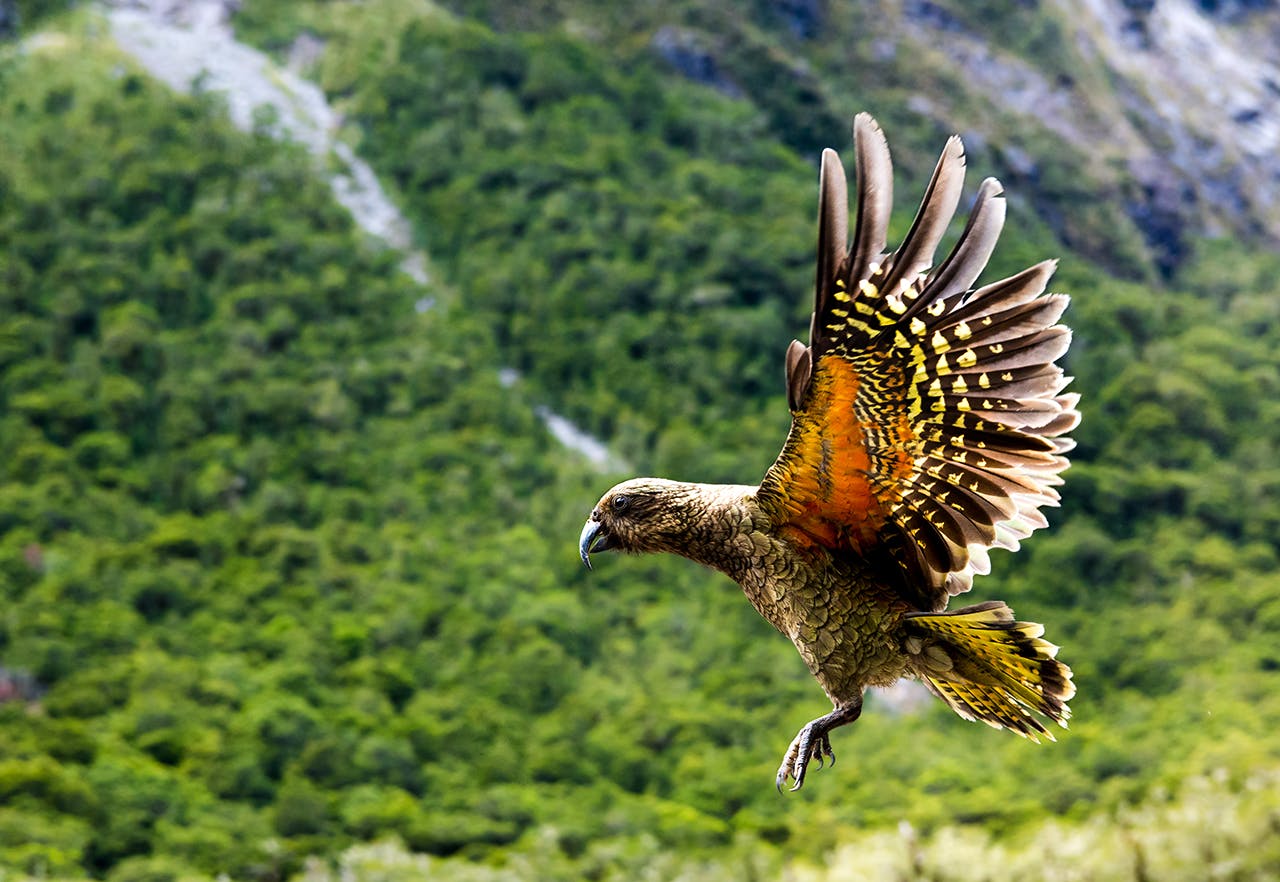Make one of these booboos and someone might mutter ‘amateur’ under their breath, but in all honesty, who hasn’t made one of these classic tramping mistakes?
We all think we’re pretty smart trampers. Resourceful, wily, knowledgeable in the dark art of walking strenuously, we consider ourselves infallible, masters of rocky terrain. We sagely proffer guidance to youngsters and newcomers, imparting wisdom in the ways of the billy, the staff, the bog, the longdrop. We develop systems and techniques of our own, and believe them to be the decreed method.
So it may shock you to learn that you, too, can make mistakes. Some mistakes are small, some are large. Some result in a rueful chuckle, some result in death. If you manage your mistakes correctly you may have the basis for a great tale, for mistakes make stories come alive. Who wants to read about the trip that went perfectly? So while it may be true that you make your own luck, it’s definitely true that you make your own mistakes. Which of these have you ticked off?
Encouraging the keas
Popular with overseas backpackers who haven’t been educated in the ways of the kea, feeding and encouraging this troublesome bird can have devastating effects for your wallet.
This mountain parrot with a mountain of attitude will happily pick apart your car and tramping equipment like a bored teenager in a country town. All keas believe they are qualified motor mechanics and will attempt to dismantle your car (rebuilding is not their strong point, however). Mountain areas such as Arthur’s Pass are famous for keas dropping by to destroy your pack and boots, which tends to leave a rather bad impression on the native fauna. They are highly intelligent and resourceful birds, even if we don’t always approve of their equipment modifications.
Despite being a nuisance, keas are protected and should never be harmed. Instead, keep a close eye on your belongings and don’t feed them.
Leaving an important item at home
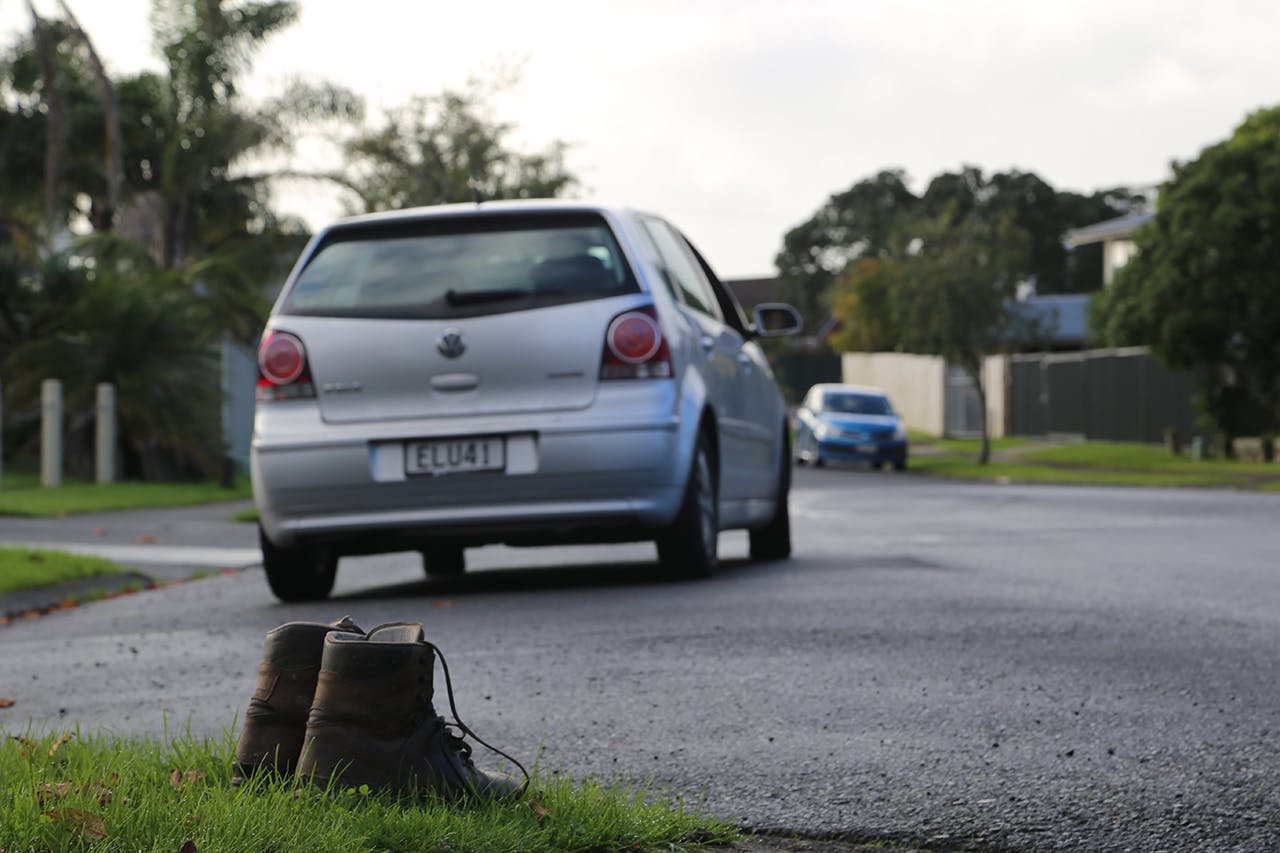
Oh oh, you’ve forgotten something. Photo: Alistair Hall
Tramping is a funny sort of activity in that it requires you to gather and pack an inordinate amount of small, easily overlooked items. Pocket knife, spoon, matches, torch, sunblock, toothbrush, cards, pen, compass…is it any wonder you can sometimes overlook the blindingly obvious?
I have been on no less than three tramps where someone has left their tramping boots at home, only realising after arriving at the road end. You have three choices at this point, and I’ve seen them all in action. You either drive back home and retrieve them, make do with whatever shoes you happen to be wearing, or buy a new pair of boots from the nearest outdoors shop. Whichever option you choose, you’ll be feeling stupid all day.
Leaving boots outside overnight to freeze
Assuming you’ve remembered to bring your tramping boots in the first place, you might want to think hard about how you’re going to care for them on the tramp.
It won’t have escaped your attention that boots have a tendency to get wet. They are the first line of defence against whatever lies beneath us, which in New Zealand is usually various degrees of damp. There’s no escaping the science that says what’s wet will freeze when temperatures plummet. Many a tramper has come undone by leaving wet boots to the mercy of the elements overnight. Morning comes and your boots have the consistency of a hardened clay sculpture. Laces can be frozen solid, as though put under the spell of an evil ice wizard.
Some people recommend stuffing boots inside your sleeping bag at night. I wouldn’t go that far. Others try to dry them by the fire, with often disastrous results for the leather. The solution lies somewhere in between, just not on the cooking bench.
Leaving an important item on the track
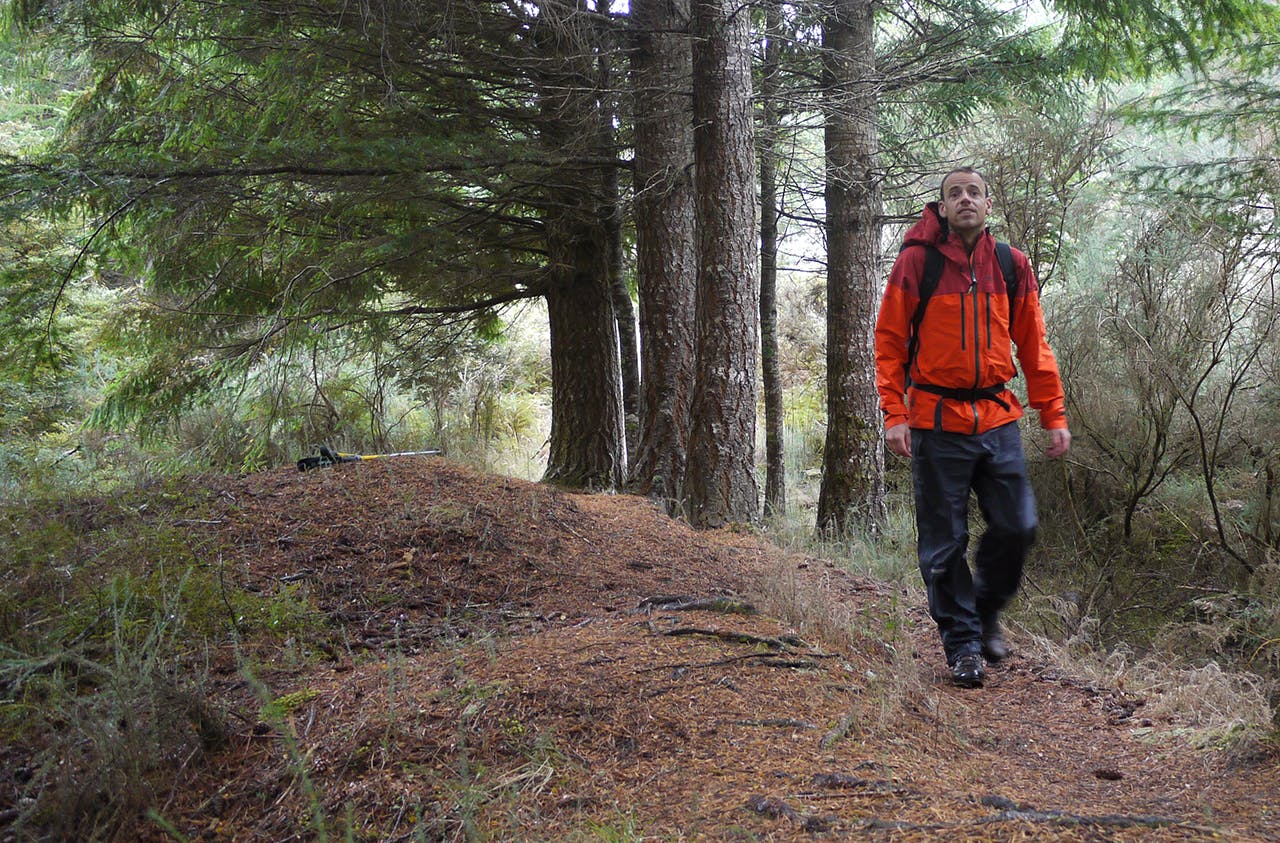
After taking a break, it’s only natural to leave important items like walking poles behind. Photo: Alistair Hall
You might think that your belongings are safe once you successfully start hauling them. Not so. Eternal vigilance is required at all times during a tramp if you’re to avoid parting with an essential piece of equipment.
Rest stops are especially dangerous. It’s here you let your guard down. Dumping a pack and diving into the chocolate, it’s natural to relax. After 10 minutes you pick up your pack and set off again. It’s usually another 15 minutes until you realise you’ve left your trusty staff or walking pole at the rest stop. The problem with staffs of the traditional, wooden variety is that they blend into the natural environment, having once been part of it.
A quick glance will easily overlook a stick lying among a million other sticks. With aluminium poles, the stakes are higher. You’re less likely to lose them but their considerable cost means an almost mandatory backtrack to retrieve them.
Over packing
For me, it was always too many socks. There’s nothing I hate more than wet feet on a tramp. I was always one of those fools who would take their boots off to cross a river, only to find that many more crossings lay ahead. You may as well give your feet a bath and pray for late afternoon sun to dry your boots.
For others, it’s too much food, or the wrong sort of food. Dehydration is the way to go (with food, not with your body). Heavy water hides everywhere, especially in fruit, vegetables and packaged curry meals.
If you must carry a bottle of wine why not decant it into a plastic water bottle? Do you really need that extra bulky jersey? At the end of a tramp have a look at everything you packed and didn’t need, and learn a lesson for next time. Your shoulders will thank you.
Taking the wrong fork in the river
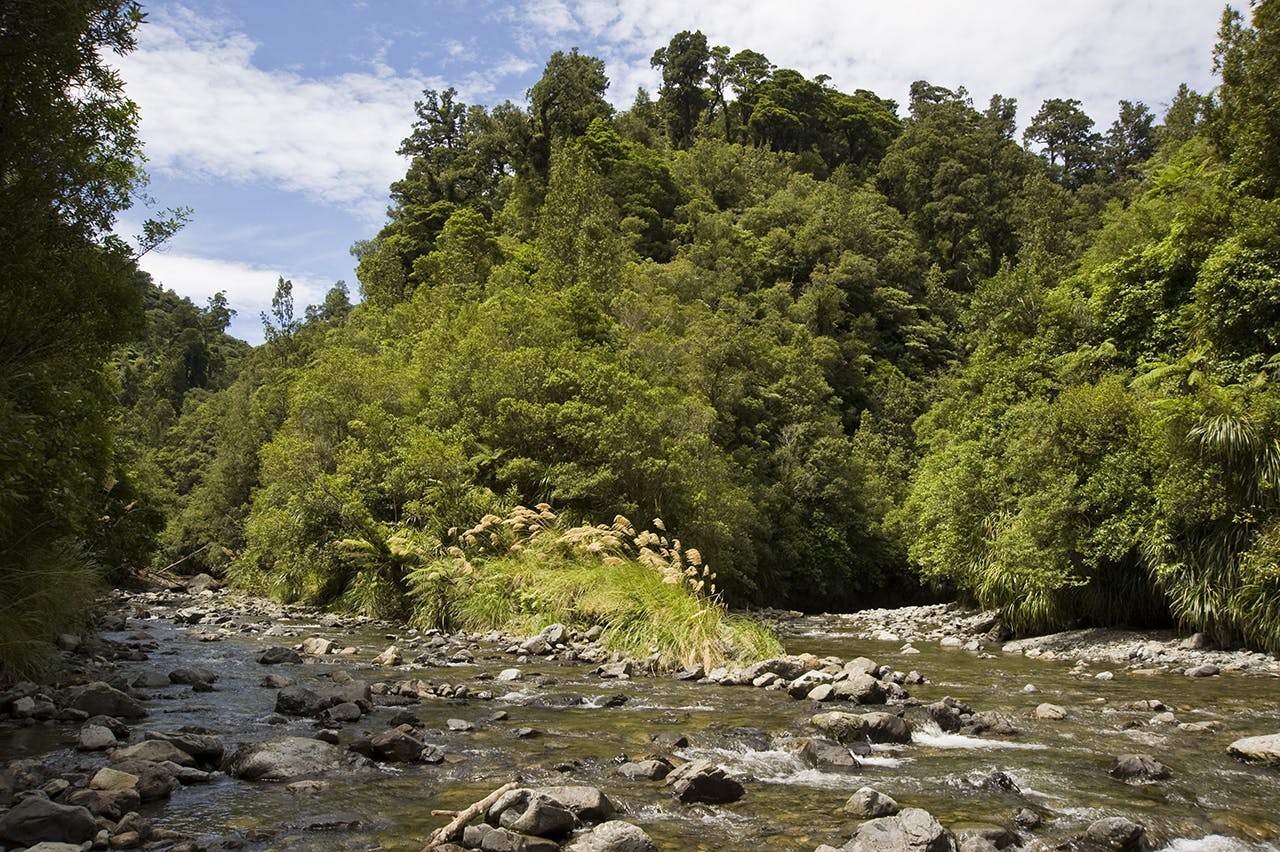
It’s easier than you may think to take a wrong turn – North Ohau is on the left, the South branch on the right. Photo: Shaun Barnett
I’ve always suspected our tramping party was ahead of our time.
Back in the early 1990s, we were tramping up the Ohau River bound for South Ohau Hut, from where we planned to climb the steep Yeates 500 track to Te Matawai Hut. Somehow we neglected to notice the river split into two. Travel soon became difficult and we noticed the bends in the river weren’t matching the map. After much head scratching, we realised our mistake: we had taken the North Ohau fork, instead of the south.
These days, a comfortable new hut – North Oahu – would welcome us and its comforts would perhaps mitigate our mistake. Back then though, there was only the unappealing, run-down North Oahu Biv.
With dreams of a long lunch in the sun at South Ohau Hut shattered, we turned downstream and splashed back onto course, a couple of hours wasted. Moral: you can only avoid the Yeates 500 for so long.
Taking the wrong fork on a ridge
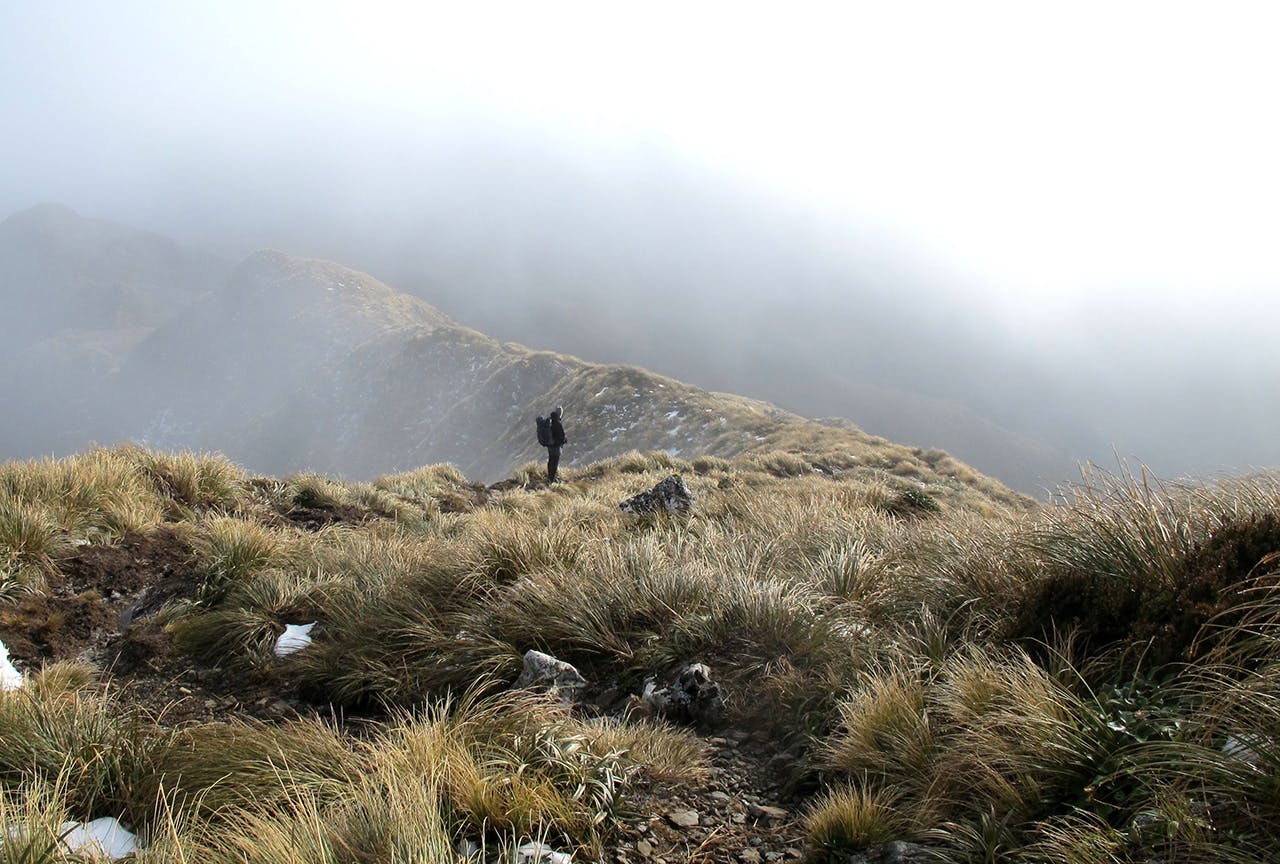
When your head’s in the clouds, are you sure you’re going in the right direction. Photo: Dorothy Kane
While it may take a special type of head-in-the-clouds to take the wrong fork in a river, taking the wrong ridgeline when you’re actually up in the clouds is common practice. This is where good old-fashioned map and compass navigation used to come in. These days you’re probably more likely to pull out the GPS.
One of my strongest memories as a kid was of walking along a clag-encrusted ridgeline, and pausing at a high point where the ridge split. One uncle would get out the map and compass, take a bearing and then call out, ‘What’s three hundred and thirty-three minus twenty-two?’ or whatever the magnetic declination happened to be at the time. My other uncle, who was the designated mathematician, would call out the answer, the compass would be set and the red needle would lead the way.
One of the most often-repeated mistakes is allowing yourself to wander down the wrong ridgeline, not noticing a branch or assuming you are walking the correct one. It can be a fatal mistake and lead to severe disorientation. At best it’s a waste of time. Diligence is required. Keep a track of where you are on the map, and if in doubt, check, then double-check.
Wearing the wrong type of clothing
One annoying thing about tramping is that you tend to spend a lot of time being either too hot or too cold. You grunt uphill in the bush, removing layers and sweating profusely, only to round a corner and be blasted by a biting wind; sweat freezes against your skin and you shiver like a dying generator. Raincoat on, raincoat off – we’ve all played that tedious game.
One way to avoid the extremes of discomfort is to pack the right clothes in the first place. Cotton should be out. You’ll be looking like a contestant in a wet T-shirt contest in no time, especially if the humidity gets up. You don’t have to spend a fortune on the latest synthetic fibre tops either. I’ve become a devotee of secondhand football tops I find in op-shops. Five dollars should fit you out nicely in the Germany-away strip from 10 years ago. If you’re lucky, you might even find an old Icebreaker top in a country town Salvos.
Outdoors clothing has also become less bulky. With the popularity of merino, it’s now possible to be heavy on warmth and light on weight and bulk. Wool will stay dry longer and continue to feel relatively dry and warm even when wet.
Taking your chances by not packing a raincoat when buoyed by a supposedly good forecast will never end well.
Trash-talking DOC when DOC is in the hut
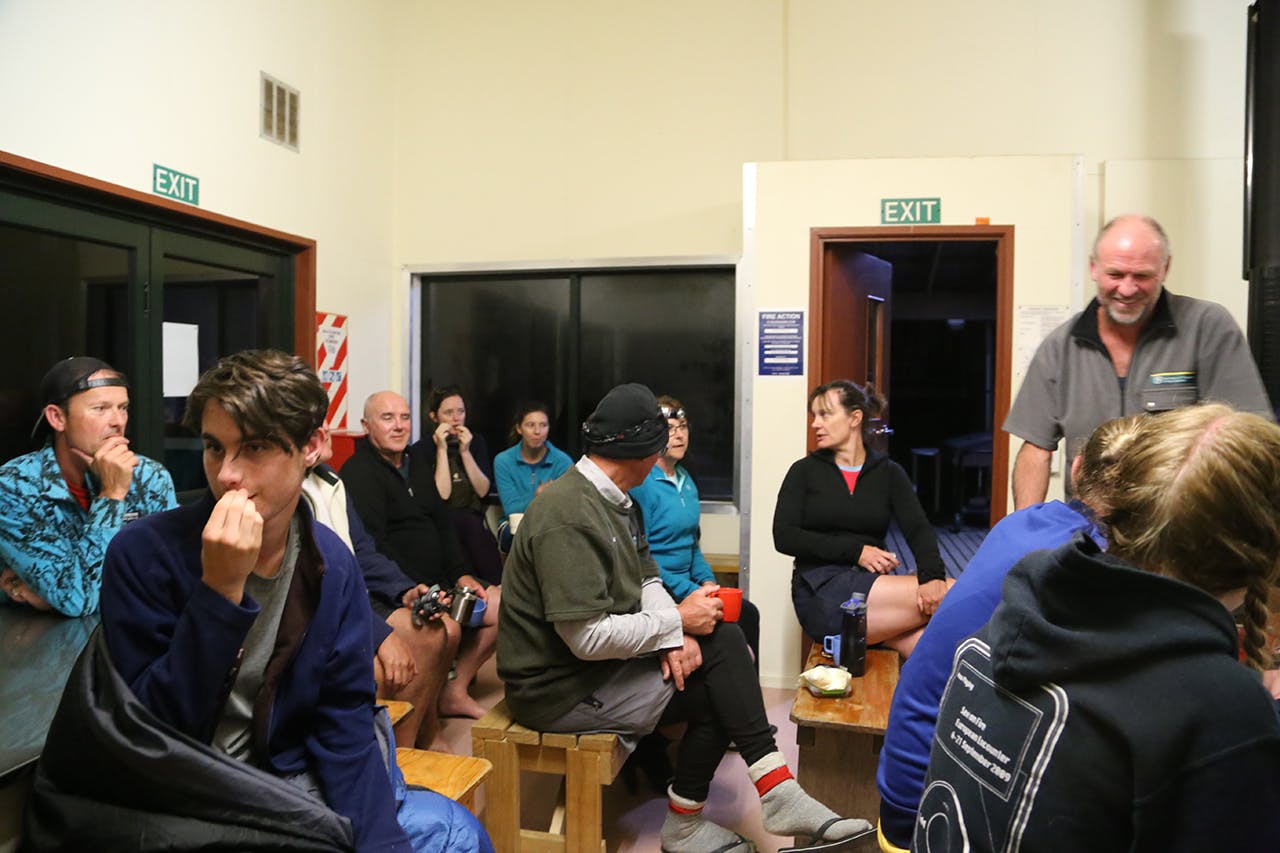
Shh, hut wardens could be anywhere. Photo: Meghan Walker
Admit it, we’ve all had a whinge about DOC at some stage. Yes, DOC does a fantastic job on a diminished budget, but that doesn’t stop us from having the occasional gripe: missing track markers, wet firewood, smelly long drops, peeling paint and everything in between. But do so at your own risk, for DOC has big ears and you never know the day-job of the person you’ve just met in the hut, or if one of the recent arrivals is actually the plain-clothes hut warden. You could find yourself sleeping on the porch.
Forgetting to pack toilet paper
Just don’t.





